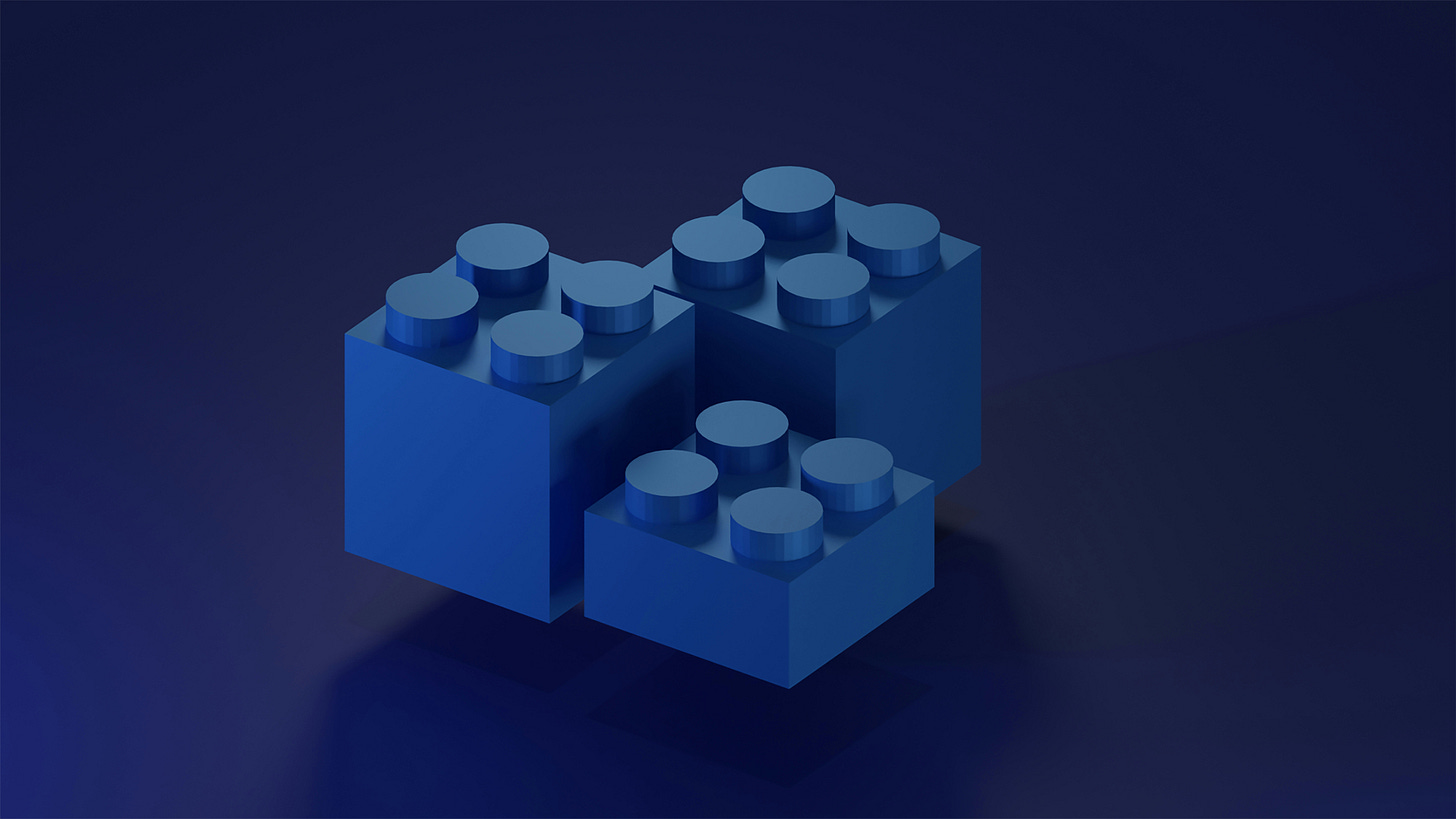GPT-5's Mixed Debut: How the Coding Wedge is Reshaping AI's Orchestration Battle
Key Lessons from OpenAI's GPT-5 Launch, the Windsurf Deal Fallout, and the Agentic Era Competition

Just before the launch of GPT-5, I published “The 11% Paradox - Why Orchestration Lock-In is Rewriting AI's Rules." As part of this longer article, I explored the topic of “Code as the Orchestration Wedge.” This concept prompted strong reader reaction and curiosity. GPT-5 was positioned as OpenAI's "smartest, fastest, most useful" model yet, with heavy emphasis on coding and agentic capabilities—directly amplifying the orchestration dynamics. Now that we are two weeks past the big GPT-5 reveal, I wanted to revisit the coding wedge to unpack it in more detail using the lessons learned from OpenAI’s launch.
Keep reading with a 7-day free trial
Subscribe to Decoding Discontinuity to keep reading this post and get 7 days of free access to the full post archives.

